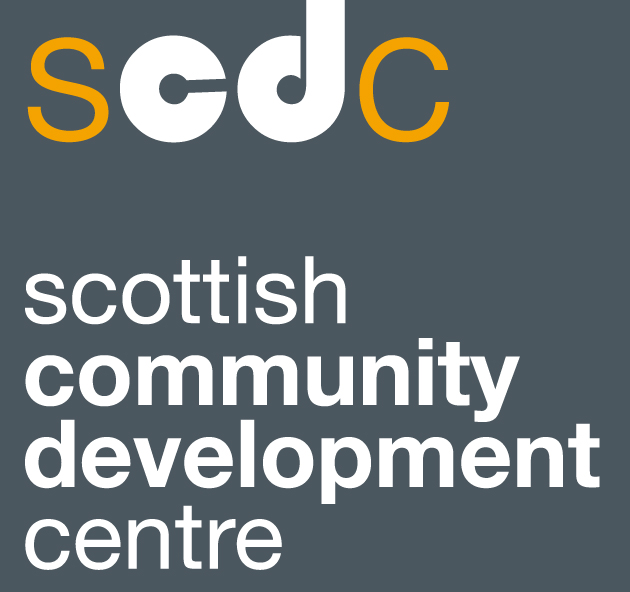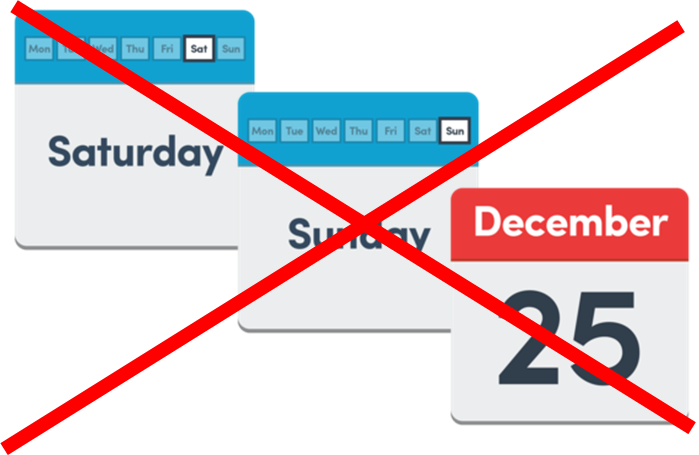Easy read guide to participation requests
/Easy read guide to participation requests
In this guide we will explain what participation requests are.
There is a lot of information. It might be helpful to take a break between sections.
Participation is when you are involved in a discussion, and give your views on how things should be done
Request means to ask someone to do something
A public body means an organisation like a Council, or the Police that is funded by the government to carry out a public service
A community group can be a charity, but they don’t have to be. They might just be a group of people who meet together regularly
They might be people who:
Live in the same area, or
Share an interest. For example, a fishing group, or
Have a common identity. For example a women’s group, or a group of disabled people.
What are participation requests?
The Scottish Government wanted to make it easier for communities to have more of a say in how public services are run.
They brought in a law called the Community Empowerment Act.
Participation Requests are part of the Community Empowerment Act.
Participation requests are a way that communities can ask to work with public bodies to make services better.
Communities can also get involved in doing things that help make the services better.
If a community group makes a participation request to a public body, the public body will have to talk to the group about their idea and how it might work.
Each year, the public body must write a report to the Scottish Government about their participation requests.
They must tell the Scottish Government what services have been made better by working with community groups this way.
Participation requests can do different things
Community groups can tell public bodies about what their community needs or ways that things could be better.
It helps communities to be heard by the people who make decisions about services that affect them. Services will be better as a result.
Community groups can get involved:
in helping to design new, or better, services.
in delivering services.
when services are being reviewed.
Community groups can challenge decisions and help public bodies to look at other options to improve services.
Making a participation request
Participation requests are another way to speak to public bodies.
If your group is already working with a public body and you are happy that it is working well, you do not need to do anything different.
If your group does want to make a participation request, you can ask for help to do that.
Public bodies must make sure support is available to help people make a request.
Some other support organisations are listed at the end of this document.
Every public body has its own participation request form that needs to be filled in to make a request.
You can contact the public body and ask them to tell you how to make a request to them.
Public bodies should have their form on their website.
If you cannot fill the form in on their website, you can ask them to send you a form.
There are a few things you must tell the public body when you make your request.
You should say:
who your group is and how to get in touch with the group.
which public body you are making the participation request to.
what you want to make better.
Your group does not have to have a constitution, but if you do, then you should send that with your request.
A constitution is the rules that say
who can join your group.
who can be on the committee that runs the group.
how your group will run.
You might need some help to choose the right words and write it as a participation request.
You should say:
why it would be good for your group to work with the public body to make things better.
the things that your group can do to help.
how things could be made better by working with your group.
If you need more than one public body to be involved in your request
You only need to make 1 Participation Request, even if there is more than one public body involved.
Think about who the main public body is that you want to work with.
You should make the request to the main public body.
When you make your request, it should say what other public bodies that you want to be involved.
What happens after you make your request?
If your Participation Request is only to one public body, then they must let you know if they agree to your request within 30 working days.
Working days do not include Saturday and Sunday. They do not include some public holidays either.
Usually, this will mean it could take up to 6 weeks to hear back.
If your request involves more than one public body, then the public body you made the request to, will give you an answer from all the public bodies.
They must let you know within 45 working days.
Working days do not include Saturday and Sunday. They do not include some public holidays either.
Usually, this will mean it could take up to 9 weeks to hear back.
If the public body says no to your request, they must tell you why.
If the public body says yes to your request, then they will tell you how they think you should work together.
They must start to talk to you about your ideas within 90 days.
The public bodies you can make participation requests to
A local council
A health board
A college
Highlands and Islands Enterprise
Police Scotland
Scottish Enterprise
The Scottish Environment Protection Agency
The Scottish Fire and Rescue Service
NatureScot
A regional transport partnership
Information about the Community Empowerment Act
An Easy Read guide to The Community Empowerment (Scotland) Act can be found on the Scottish Government’s website.
More information about participation requests
Scottish Community Development Centre has more information about participation requests on their website to help you make a request.
Glasgow School of Art has a Participation Request Toolkit with information and exercises to help you make a request.
Local support
Find a link to your local council on this national website
Ask your council’s Community Learning and Development (CLD) team for help.
Third Sector Interfaces (TSI) provide support for local community groups and organisations.
You can find your local TSI on the Scottish Government website.
You can contact SCDC to ask for help by emailing andrew@scdc.org.uk or by calling 0141 248 1924.
Copyright images © Photosymbols.

























































